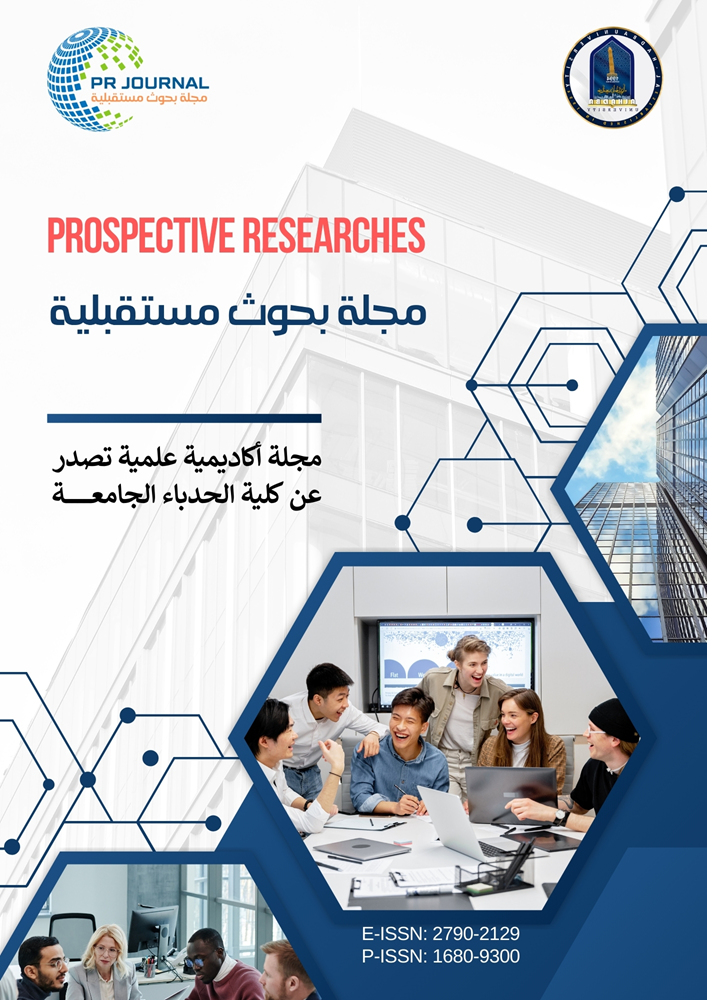استخدام الشبكات العصبية الاصطناعية بخوارزميات مختلفة لتقدير التبخر اليومي لمدينة الموصل بدلالة بعض المعلومات المناخية
الكلمات المفتاحية:
BPNN, Gradient Descent, Gradient Descent with Momentum, Conjugate Gradient Quasi-Newton, Levenberg-Marquardt.الملخص
In this research a model of Neural Networks was applied to
estimate the daily Evaporation of Mosul city using certain climate
parameters (the maximum and the minimum temperature, rain, relative
humidity, wind speed and the sun shine) for any day in the year using the
Feed Forward Back Propagation (FFBPNN), Cascade-Forward Back
Propagation (CFBPNN) and the FitNet network. Each of these networks
has two architectures: architecture with four layers and five cells in the
hidden layers from one hand, and architecture with five layers and five
cells in the hidden layers from the other.
Different algorithms were used for the training: LevenbergMarquardt algorithm (LM), Quasi-Newton algorithm (BFGS), Conjugate
Gradient algorithm (CFG), Gradient Descent algorithm (GD) and
Gradient Descent with Momentum algorithm (GDM). Data were
obtained from the forecast Directorate in AlRashedeyyah district in
Nineveh Province for the period (1995-2008) are used in the research.
Data of ten years for the period (1995-2004) were employed to develop
the models and the data of four years were used to evaluate the models,
to compare their outputs with the data measured. R2 and the RMSE
methods were used to estimate the level of correspondence for the
measured data and NN outputs to select the best prediction model from
the models applied.
Results show that the FitNet with (LM) algorithm is efficient in
improving a prediction model to estimate the daily Evaporation as the
value of coefficient estimation was )0.98(, and this is considered the best
and the fastest algorithm if temperature, rain, relative humidity, wind
speed and sunshine data available for any day in the year.
التنزيلات
منشور
كيفية الاقتباس
إصدار
القسم
الرخصة

هذا العمل مرخص بموجب Creative Commons Attribution-NonCommercial-NoDerivatives 4.0 International License.
Copyright © 2025 by the authors. This work is licensed under a Creative Commons Attribution-NonCommercial-NoDerivatives 4.0 International License (CC BY-NC-ND 4.0). You may not alter or transform this work in any way without permission from the authors. Non-commercial use, distribution, and copying are permitted, provided that appropriate credit is given to the authors and Al-Hadba University.







